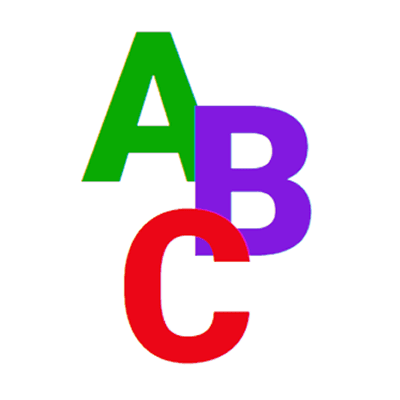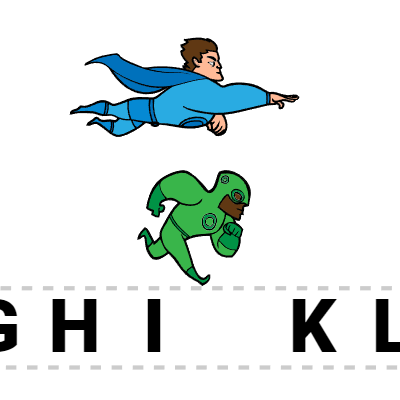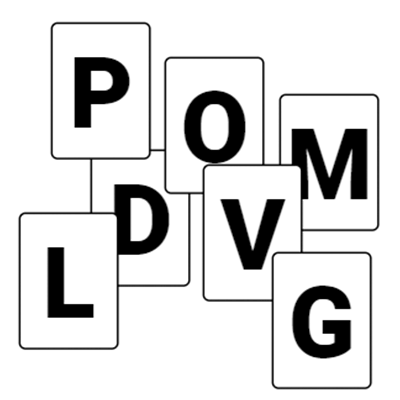What are spelling stages?
Children’s spelling abilities can be grouped into general phases based on their application of phonics knowledge to word writing. Analyzing children’s attempts at spelling words with various phonetic features can be a window into children’s literacy development.
These broad stages are commonly used to describe children’s spelling development. Overlap between stages is common.
Alphabetic or “letter name” spelling
Children combine the individual names and sounds of letters of the alphabet to spell words, moving towards representing an increasing number of individual sounds. Evidence of letter-sound knowledge can be found in children’s inclusion of:
- Consonant sounds: Children typically hear and write beginning consonant sounds first, (“B” for “bed”) followed by final consonant sounds (“BD” for “bed”).
- Vowel sounds: Children in this stage typically hear and write short vowel sounds and long vowel sounds represented by a single letter (“bed” for bed, with a “short e” sound, or “bed” for “bead” with the letter e “saying its name.”)
- Digraphs: Children learn that some sounds require more than one letter to represent them; ch, sh, and th are often the first digraphs children learn.
Patterns within words
Through exposure during reading, direct teaching, and analysis of related groups of words (e.g., noticing the common pattern in day, may, say, and pay), children begin to learn various spelling patterns and use them in their writing. These include:
- Consonant blends at the beginning of words, like “sp” in “spot” or “spl” in “split,” and at the end of words, like “mp” in “camp.”
- Vowel patterns like silent e, r-controlled vowels (e.g., “ar” in “farm” and “or” in “for”), vowel digraphs (e.g., “ay” for long a, “oa” for long o as in “boat”)
Syllable and derivational spelling
Through continued exposure and direct teaching, older children become more adept at spelling multi-syllable words and applying knowledge of spelling rules and common endings. These include:
- Representing all syllables, including vowels, of a multisyllabic word like “helicopter.”
- Correctly spell Inflectional endings like -ed, -ing, and -est
- Begin to use spelling rules like doubling the consonant in “winning”
As children progress further, they more consistently apply knowledge of common root words, prefixes, and suffixes, such as using knowledge of “honest” to spell “dishonest” or “honorable.” Spelling at this stage is closely tied to continuing vocabulary.
Systematic, explicit spelling instruction
Research indicates that explicit teaching — telling children clearly and succinctly about letter-sound relationships rather than leaving them to deduce or guess — and instruction presented in a systematic, intentional sequence is the most effective way to build phonics and spelling skills.
Activities by stage
Alphabetic: Explore spelling consonant-vowel-consonant words by providing children with a small selection of magnetic letters, tiles, or letter cards with which to creating words. Use only letters and sounds that children have been taught. For instance, with the letters m, p, d, t, a, and i, children can spell map, mad, pit, pat, pad, etc., plus a variety of nonsense words like pid, dat, and mip.
Patterns within words: Use magnetic letters and a magnetic board to make words in the same word family. For instance, start by writing -amp and add magnetic letters to create camp, damp and lamp, or nonsense words like wamp and zamp. Then change the vowel to “u” to make dump, lump, etc.
Syllable and derivational: Create a word web to explore spelling relationships. Choose a word to write in the center of the web with identifiable features, such as “invitation.” Brainstorm words to write around the web that share features, such as words with “in,” words with derivations of “invite,” and words with “tion.”







